Saving water is important to all organisations these days but it’s particularly important if you get your water from a borehole.
We have a growing number of clients who’ve installed our waterless urinals for precisely this reason. Clients like English Heritage at Stonehenge are not connected to mains water, so they need to extract all the water they use from a borehole – water that’s used for drinking, washing and temperature control, and as a receptor for treating all the sewage effluent generated onsite. At Stonehenge all the waste water is treated onsite before being tankered away, a process that itself is water-intensive.
The amount of water that a site is able to extract from a borehole is limited by the terms of the borehole license. The borehole at Stonehenge is licensed to extract 35m3 of water per day, which can be a challenge considering that the site attracts upwards of 9,000 visitors on site at a time during busy periods. It’s important that Stonehenge does not go over its borehole licence limit otherwise it risks a substantial fine from the Environment Agency.
Of course, that’s not the only reason that English Heritage is keen to reduce water usage at Stonehenge. Sustainability has been a key driver of the redevelopment of the visitor facilities at the site. The onsite sewage treatment plant, borehole water and ground source heat pumps are all part of this drive and were included in the development specifically to reduce its carbon footprint and water usage, as well as to remove the need for expensive and intrusive connections to mains water. If you’re processing your own sewage onsite then reducing the amount of water that needs processing in the first place can significantly reduce the scale and cost of the effluent apparatus required to store your waste water before it can be removed from the site.
Thus the staff at Stonehenge are very focused on trying to limit the amount of freshwater that they use onsite. Waterless urinals play a vital role in this. Each urinal saves the organisation up to 100,000 litres of water per year. There are 11 waterless urinals installed in the Visitors’ Centre and a further 8 the Groups Reception Centre, so between them they’re reducing the amount of water that would otherwise need to be extracted from the borehole by almost 2 million litres per year.
We sometimes talk to people who tell us that they don’t need to worry about saving water because they’re on a borehole. Whilst it’s true to say that the cost of your water supply can be lower if you’re extracting from a borehole compared to what you’d pay for that water via mains supply, that doesn’t mean you can use unlimited water with impunity. Borehole licences always come with restrictions and the penalties for breaching those restrictions can be severe, including prosecution in the most serious cases.
Even if you’re currently nowhere near the water extraction limit of your licence, it still makes good environmental sense to cut back on water usage as much as you can, for environmental reasons and pre-emptively. Water needs can change quickly and you can find that old toilet facilities that were once sufficient need to be improved and increased in response to greater traffic numbers. Much better to be cutting water usage before you’re up against the limit, rather than having to respond in panic mode.




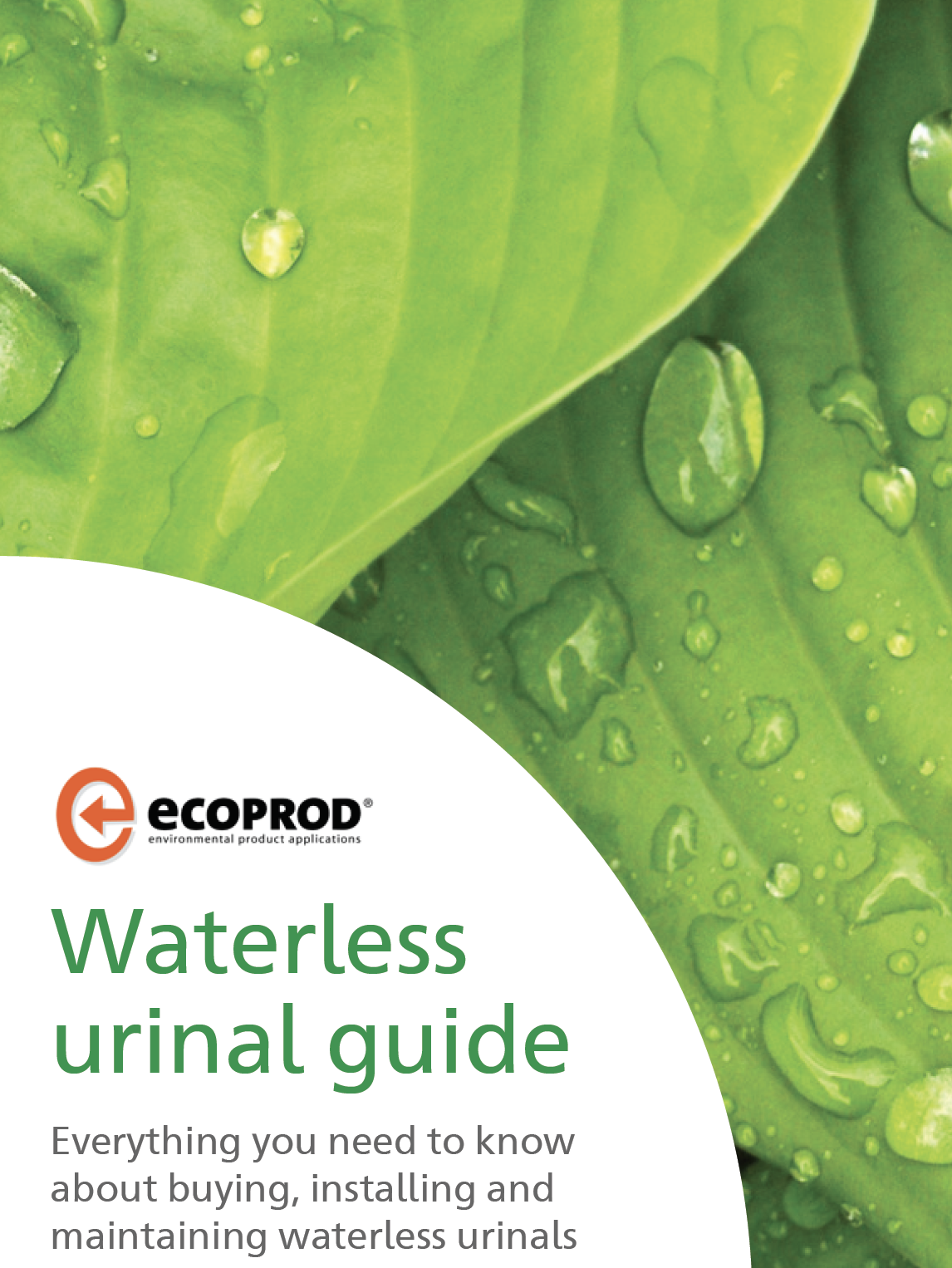
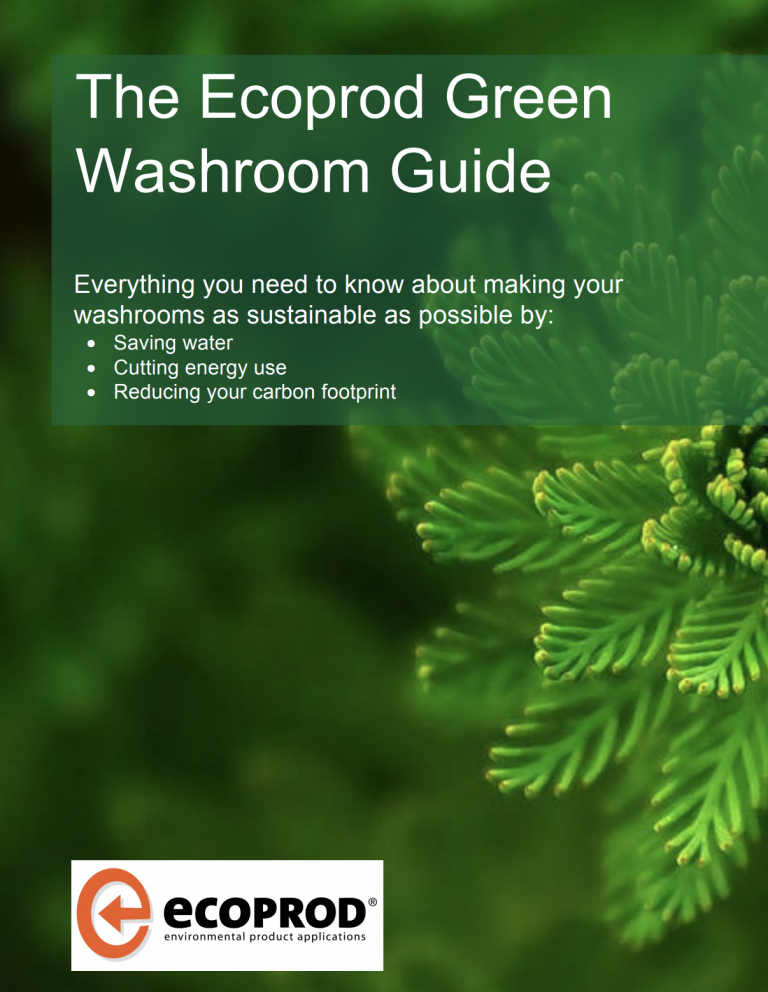
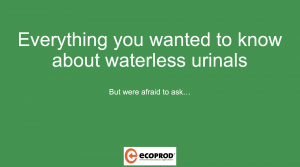
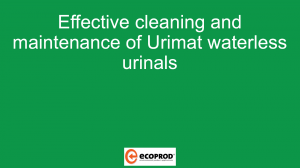





 For the last 8 years Robert Summer – Head of International Sales and Marketing – has developed structured distribution network worldwide for CONTI+ brand. The products offer great benefit for washrooms and shower rooms for public, semi-public and health sector. Today, sustainability, hygiene and smartness are key to CONTI+ solutions. Robert lives the brand and its USPs and loves to support and motivate his team on a daily basis.
For the last 8 years Robert Summer – Head of International Sales and Marketing – has developed structured distribution network worldwide for CONTI+ brand. The products offer great benefit for washrooms and shower rooms for public, semi-public and health sector. Today, sustainability, hygiene and smartness are key to CONTI+ solutions. Robert lives the brand and its USPs and loves to support and motivate his team on a daily basis.




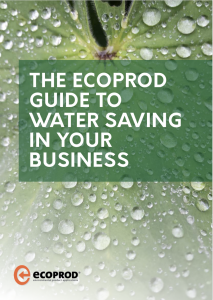
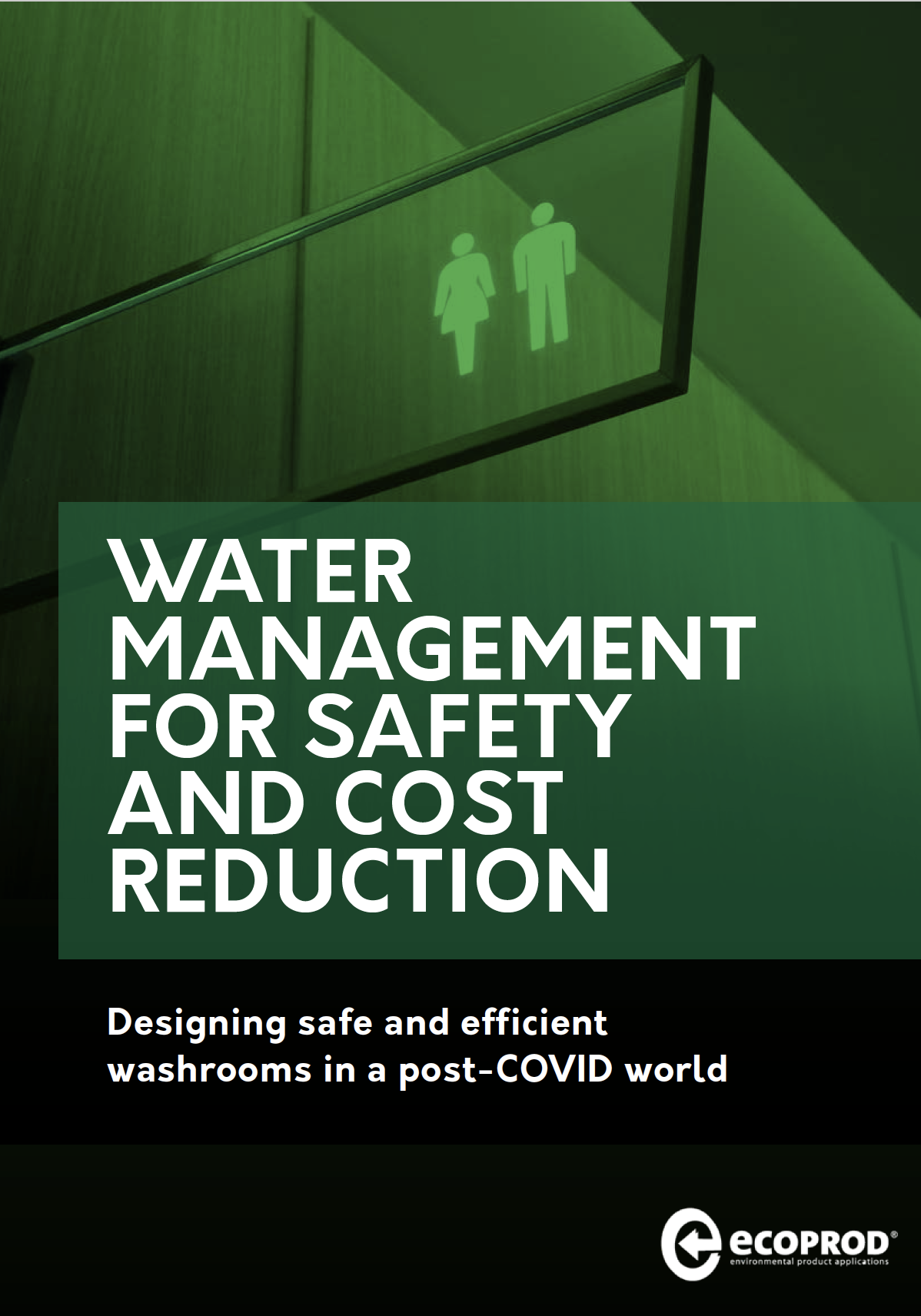

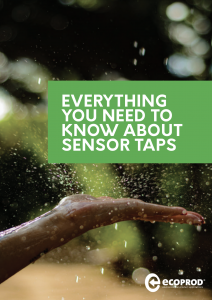

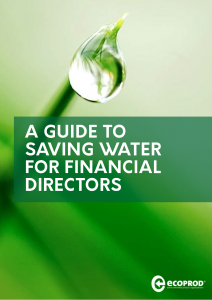
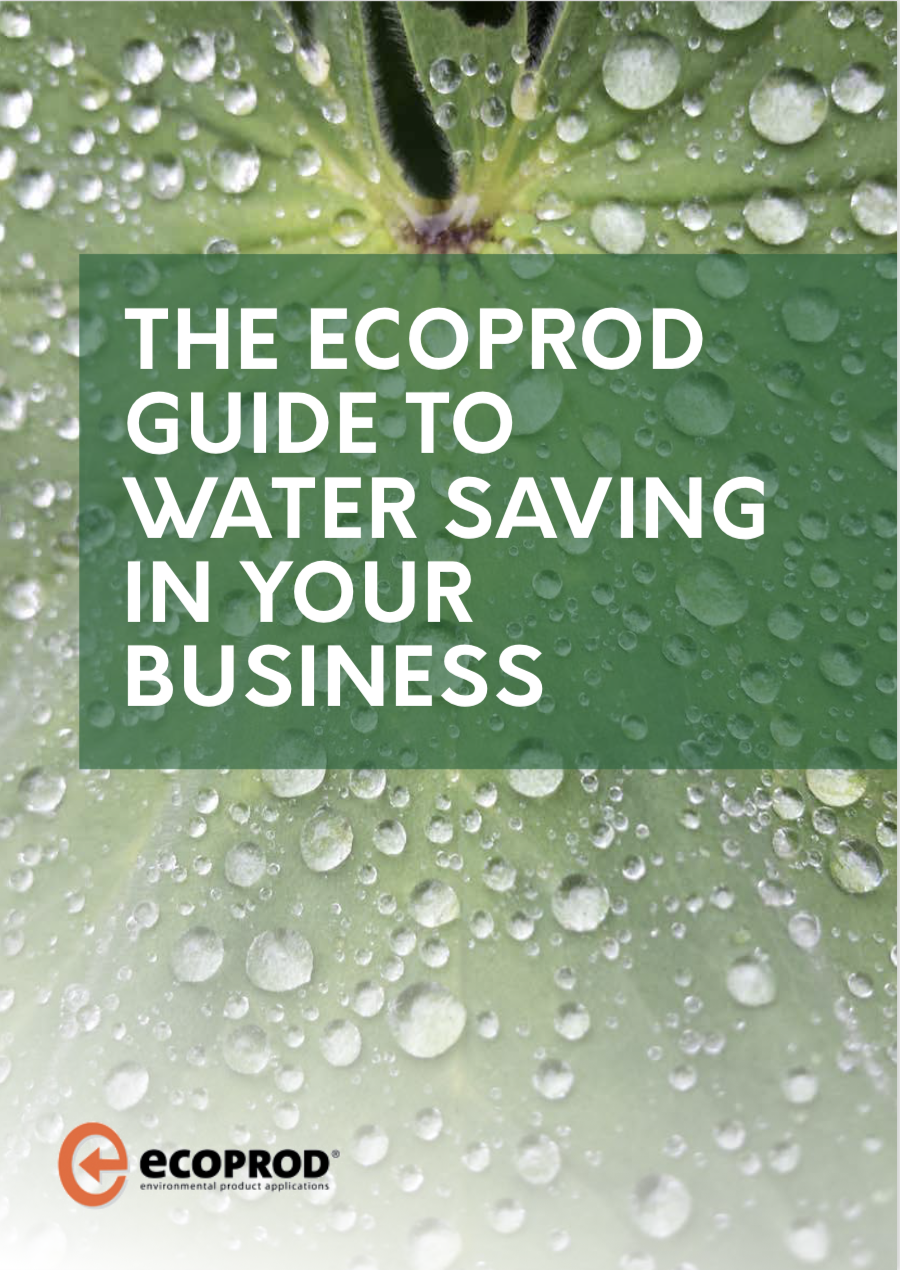
Comments are closed.